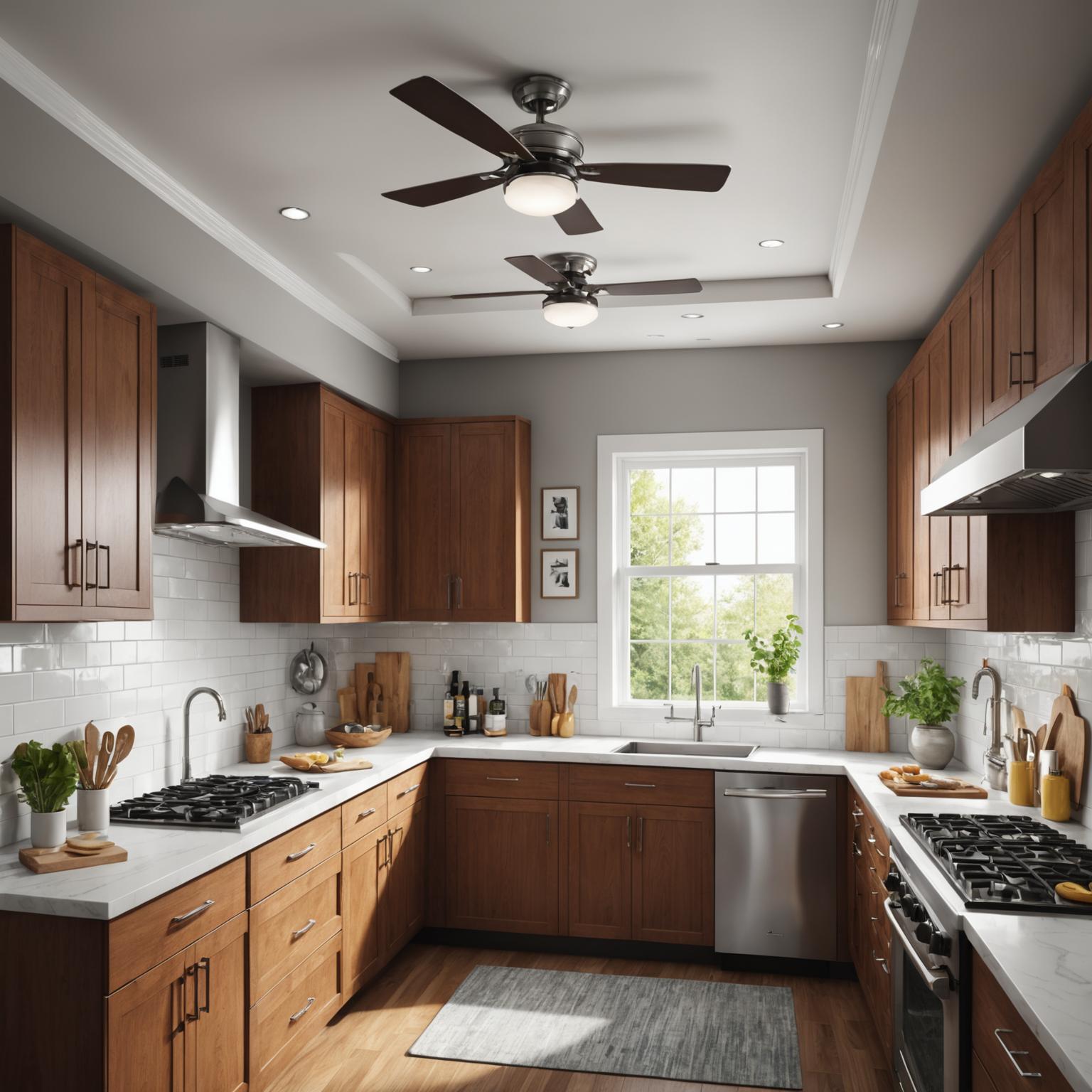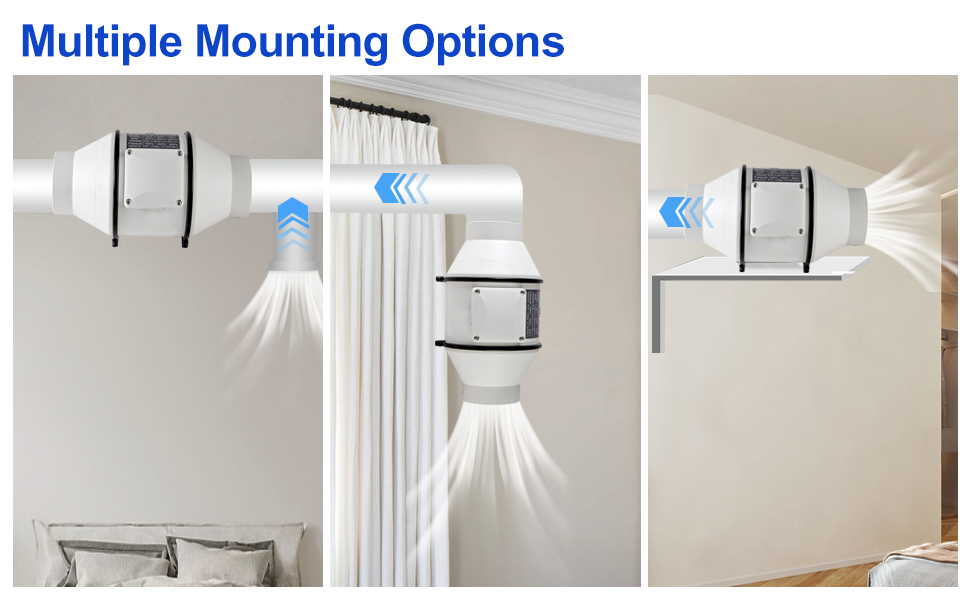
Attics are often the most poorly ventilated parts of a building—especially in warm climates or homes with limited roof airflow. Proper ventilation is essential to remove trapped heat, moisture, and stale air. But many homeowners ask:
“Should I install a wall-mounted or ceiling-mounted exhaust fan in my attic?”
In this article, Aosair explains the performance, design, and installation differences between the two—and why ceiling-mounted exhaust fans are often the best choice for attic spaces.
Key Differences Between Wall and Ceiling Exhaust Fans
| Feature | Wall-Mounted Fan | Ceiling-Mounted Fan |
|---|---|---|
| Airflow Direction | Horizontal (side discharge) | Vertical (upward discharge) |
| Installation Location | External-facing wall | Ceiling or roof cavity |
| Ideal Use | Rooms, kitchens, utility spaces | Attics, bathrooms, enclosed ceiling voids |
| Aesthetic | Exposed or grill-covered | Discreet and flush-mounted |
| Ducting Requirement | Optional or short | Requires roof or loft ducting |
Why Ceiling Fans Are Better for Attics
1. Natural Heat Rise
Since hot air rises, ceiling fans mounted in the attic naturally extract heat accumulating at the top of the home.
2. Larger Vent Coverage
Aosair’s best ceiling mounted exhaust fans feature high CFM airflow, ideal for wide attic spaces.
3. Less Visible
Unlike wall fans that need external grills, ceiling fans can be placed within the attic and ducted to the roof.
4. Quieter Operation
Ceiling fans are often isolated from living spaces, which reduces perceived noise—especially important for bedrooms below attics.
When to Use Wall Fans in Attics
Wall-mounted fans can still be used effectively if:
-
The attic has side-facing external walls
-
There is no access to install a roof vent
-
You want a simpler duct-free system for temporary use
However, they may not ventilate peak roof heat as efficiently as ceiling models.
Recommended Aosair Solutions for Attic Ventilation
Aosair offers high-performance ceiling exhaust fans suitable for:
-
Residential attics in hot or humid climates
-
Roof ventilation in multi-story homes
-
Loft conversions and crawl spaces
-
Buildings in Japan and similar markets with limited roof height
Features include:
-
Low-noise motors
-
Thermally protected components
-
Custom CFM options (based on room size)
-
Optional humidity sensors and thermostats
Installation Tips for Ceiling Fans in Attics
-
Use insulated flexible ducting to connect fan to a roof vent
-
Ensure a weatherproof exterior exhaust outlet
-
Seal all ceiling gaps to avoid energy loss
-
Use a timer or humidity control for smart airflow
Final Verdict: Ceiling Fans for Long-Term Performance
While wall fans offer simpler installation, ceiling mounted exhaust fans deliver better long-term results for attic spaces—especially when paired with ducted rooftop ventilation.
Explore Aosair’s full product range at aosair.com, or contact our team to get personalized attic fan recommendations.





